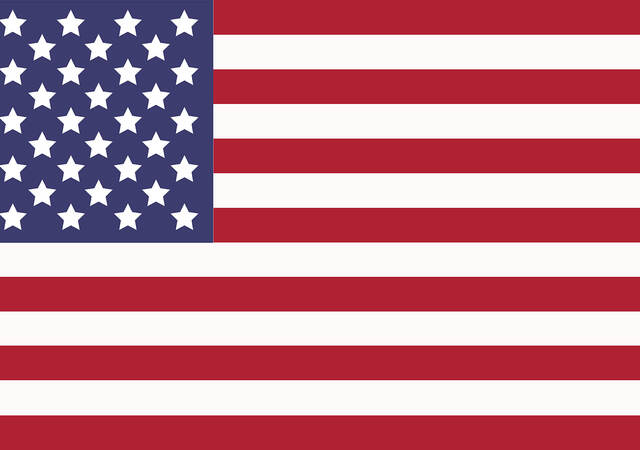December 12, 2023
By Stuart R. Goldman
On November 30, 2023, the FDA announced in the Federal Register its intention to classify certain types of wound dressings that had remained unclassified as pre-amendment devices; i.e., devices that were in commercial distribution before enactment of the Medical Device Amendments of May 28, 1976.
Wound dressings to be classified
The specific wound dressings the FDA is proposing to classify fall into the following three distinct categories:
- Solid wound dressings
- Wound dressings formulated as a gel, cream, or ointment
- Liquid wound washes, containing antimicrobials and/or other chemicals
Currently, these unclassified pre-amendment wound dressings require 510(k) clearance under the following product codes shown below. Also shown are the total number of 510(k)s cleared and the most recent 510(k) decision date for each of the existing pre-amendment product codes through December 1, 2023.
- FRO (Dressing, Wound, Drug) / 500+ / 12.01.2023
- EFQ (Gauze/Sponge, Internal) / 282 / 08.22.2001
- MGQ (Dressing, Wound And Burn, Hydrogel W/Drug And/Or Biologic) / 210 / 10.11.2023
- MGP (Dressing, Wound And Burn, Occlusive) / 137 / 10.25.2001
- GER (Gauze, External (With Drug/Biologic/Animal Source Material)) / 84 / 04.14.1999
How would FDA classify wound dressings?
How does FDA propose to classify these different wound dressings? FDA proposes to classify them into Class II or Class III requiring 510(k) clearance or PMA approval, respectively, which is dependent on the type and nature of the antimicrobial agents found in them. Essentially, the FDA proposes to classify these devices based on the level of concern related to antimicrobial resistance (AMR) (based on an FDA literature search) for medically important antimicrobials (as identified in the World Health Organization’s “Critically Important Antimicrobials for Human Medicine”). These products that contain the antimicrobials polymyxin B, silver sulfadiazine, and/or bacitracin would require a PMA while products containing other antimicrobials would require a 510(k). As the FDA’s concerns are not primarily about patient safety or device effectiveness, but rather about environmental issues of antimicrobial resistance, it is not clear how a company would be able to design a study to adequately address these concerns.
If the FDA’s proposed classification of these wound dressings goes into effect, the FDA intends to create new product codes for the categories of wound dressings.
Those members of the public and industry who wish to comment about the FDA’s proposed classification of these wound dressings have until 11:59 p.m. Eastern Time on February 28, 2024. Comments can be submitted to the FDA electronically or by written/paper submissions as described in the accompanying Federal Register links above.
Request more information from our specialists
Thanks for your interest in our products and services. Let's collect some information so we can connect you with the right person.







